The weapon behind Russia’s creeping battlefield advancesGlide bombs blend Cold War-era ‘dumb’ munitions with precision-guided technology. With Ryan McBeth, we’re presenting this deep dive into a weapon that shows Russian adaptability… and Russian weakness.Editor’s Note: Our paid subscribers give us the independence to do deep dives on topics that other news organizations typically don’t have the time or space to do. Sign up for a paid membership to keep stories like this coming! Russians reportedly dropped glide bombs on Krasnohorivka, Donetsk. (Source: Ukrbavovna) There is no weapon more responsible for recent Russian territorial gains over the past few months than the glide bomb. They’re not particularly sophisticated weapons: they have adapted ‘dumb’ Soviet-era bombs into modern armaments by adding a package that lets them glide to a designated target. But don’t let the simplicity fool you into complacency: in April, Russian troops dropped more than 3,200 of these bombs on Ukraine. In fact, the simplicity is an asset, as glide bombs don’t require highly-technical skills to be made, and they can be put together cheaply. "For now, they are the actual main tool of Russian terror," President Zelenskyy said overnight. "Ukraine needs systems and tactics that will let us defend our positions, our cities and communities, from these bombs." A reported case of glide bomb usage in Vuhledar, Donetsk region. (Source: Ukrbavovna) Russia used glide bombs together with their manpower advantage to push Ukraine out of Avdiivka in February, and are using them to capture territory in Kharkiv even now. “The Russian command discovered through military learning and adaptation that the glide bombs are effective at destroying Ukrainian fortifications and strong points, and can be effectively used in support of Russian infantry ground assaults,” explained George Barros, an analyst at the Institute for the Study of War. The Russian Bear Takes Notes The Russian Army of today is not the same army that blundered into Ukraine in February 2022. Russia has proven its ability to learn and adapt to challenges. After two years of war, one of those challenges is attacking Ukraine on the cheap. The innovation that has helped their cause is taking the standard Soviet-era 1,100 pound FAB-500 bomb, which doesn’t have any propulsion… … And place a glide and GLONASS satellite navigation kit on the weapon. The total cost to convert a bomb is about $20,000. Compare that to an Iskander short-range missile, for example, which costs a whopping $3 million. “The Russian Air Force substantially increased its use of glide bombs [starting from the] fall 2023 after Russian forces established mass production of the retrofit glide kits for their Soviet-era gravity bombs,” explained Barros. This allows Russian SU-34 bomber planes to drop the glide bombs, with 10 to 15 meters of precision, from up to 40 miles away. As of May 2024, Russia is launching up to 100 glide bomb attacks per day, with most of them falling in and around Kharkiv. Why they’re so effective Glide bombs are useful to Russia because they’re cheap and they draw on existing large stores of Russian ‘dumb’ bombs. But they also represent a formidable challenge to Ukrainian air defense. “The glide bombs are very difficult to intercept because the bombs themselves are small,” Barros explained. “The bombs themselves are also cheaper than expensive air interceptors, so it would not be economical for Ukrainian forces to shoot an expensive interceptor that Ukraine has in limited quantities at a relatively cheap glide bomb that the Russians have at scale.” How the glide bomb shows Russian weakness: But there is also hope for Ukraine in the heavy recent use of the weapon. That’s because the use of glide bombs shows that Russia has not been able to produce enough missiles for use in the war. Missiles are more precise, more aerodynamic, faster, and have longer ranges than glide bombs. “Missiles are basically critical. These are one of the defining capabilities of this type of conflict,” said Federico Borsari, a fellow at the Center for European Policy Analysis. “Russia had to resort to the use of gliding bombs because its stock of missiles is not sufficient to deliver good effects on the battlefield.” So switching to an inferior product shows that Russia’s manufacturing capabilities are not up to the task of keeping pace with its needs. How Ukraine can fight back: One of the weaknesses of glide bombs is that, unlike missiles, they require a Russian aircraft to take off in order to fire it. This could be a saving grace for Ukraine – if they could use NATO-delivered F-16 planes in response to the glide bombs. Deployment of this aircraft – with its long-range missiles – might force Russia to pull back its release points further from the border, limiting the usefulness of glide bombs. But Ukrainians are held back by the controversial American demand that they not use U.S. weapons to shoot at targets on Russian territory. “Those systems that Ukraine does have that could strike Russian aircraft, such as Patriots, cannot be fired into Russian airspace because the White House prohibits using US-provided weapons in Russian air space and territory,” Barros said. A reported case of glide bomb usage in Kherson region. (Source: Ukrbavovna) The New York Times reported in the last 24 hours that the White House is considering altering the prohibition now, pressed on by a proposal from Secretary of State Antony Blinken. Changing that U.S. policy would protect untold Ukrainian soldiers and civilians from the effects of glide bombs. For every sword, there is a shield. The shield may be coming, but it can’t arrive soon enough. In an era of global crises and polarization, journalism must bridge divides now more than ever. Semafor is tailored to this reality, offering unparalleled transparency and diverse perspectives. Their Flagship newsletter, a trusted source for heads of state and global leaders, distills key global narratives, cutting through the noise of the news cycle. The Flagship newsletter keeps readers informed without overwhelming them, all while fostering global awareness amidst busy lives. Stay connected with the world around you with Semafor Flagship – sign up here for free. A Brief History of Glide Bombs Glide bombs have a long history, which actually started out in the West. The VB-1 Azon or “Azimuth Only” Guided Bomb was an American WWII design that was more like a conventional bomb that had some rudder capability. This 1,000 pound bomb could be steered left and right using airfoils that were radio-linked to a joystick in the bomber. The bomb was mainly used on bridges and railways where the plane could fly directly toward the target. The Korean War saw advancements in guided bombs such as the 1,000 pound VB-3 Razon. This weapon was built off lessons learned from the VB-1 Azon, adding in Y-Axis control, although the bomb had an average error probability of 200 feet. The bomb was first used during the Korean War against bridges with limited success due to a failure rate of 25% and a warhead that was too small to drop bridge spans without multiple hits.
The Vietnam War saw the further development of guided weapons, although the focus was now on missiles. These weapons didn’t carry enough explosives to destroy large targets and this was the main problem with dropping the The Thanh Hóa Bridge. This Northern Vietnamese Bridge spanned the Song Ma River and was pounded by US aircraft for seven years with unguided weapons and primitive guided missiles to no effect. As the war dragged on, a small team working at Texas Instruments created a kit that could be bolted onto a 750 pound M117 “dumb bomb” that contained fins and a seeker eye that detected a near-infrared beam from a laser illuminator. The Air Force called this bomb “PAVE” for “Precision Avionics Vectoring Equipment” leading to the name “PAVEWAY.” It was the first laser guided bomb. Laser guided bombs eventually went on to become the star of Operation Desert Storm where their precision allowed them to destroy targets with less collateral damage than ever before. However, they had one limitation – weather. GPS originally began as a way for soldiers, ships and aircraft to navigate accurately. By 1992, research began on an all-weather bomb that could use the power of GPS to hit a precise point on Earth. By 1999, the bombs had achieved a 10 meter accuracy rate and the JDAM – Joint Direct Attack Munition – was born. This add-on kit could convert a conventional “dumb” bomb into a precision guided weapon that essentially needed no pilot targeting other than a GPS coordinate. Russian development of glide bombs While America continued development of the JDAM and JDAM-ER during the 2000s, the Russians went in a different direction with specialized bombsights that allowed its planes to drop cheap, unguided bombs more accurately. This worked well in environments like Syria, where the threat of air defense was low. But Ukraine is a far more dangerous place for Russian planes. Russia’s JSC Tactical Missiles Corporation had been producing guided weapons for domestic Russian use as well as the Indian and Chinese Export Market, and they were the natural choice to develop some kind of wing-kit for Russia’s stockpile of conventional dumb bombs. By January of 2023, crude prototypes of JSC’s UMPK bolt-on wing kit started appearing on Russian Telegram. By March they were raining down on eastern Ukraine.
NEWS OF THE DAY:Good morning to readers; Kyiv remains in Ukrainian hands. But for today, much of the news centers around China’s belligerence in the world. UK CLAIMS CHINA SENDING WEAPONS TO RUSSIA: In a break with the U.S., the British defense secretary has said that China has sent "lethal aid" to Russia, calling on NATO to "wake up." He said that he had new British and U.S. intelligence that he has been able to declassify, making it possible to reveal that Wednesday. He added that the two countries have been getting closer and closer -- their trade has grown 64 percent since the invasion began. … BUT U.S. PUSHES BACK AGAINST U.K. CLAIM: National Security Adviser Jake Sullivan said he had not seen intelligence to support that and said that he would speak with the U.K. to "make sure that we have a common operating picture." CHINA VOWS 'BLOOD,' LAUNCHES MILITARY EXERCISES AROUND TAIWAN: In an unusual escalation in rhetoric, a foreign policy spokesperson said "Taiwan independence forces will be left with their heads broken and blood flowing after colliding against the great... trend of China achieving complete unification." These comments were made as a new Taiwanese president was inaugurated, who China has branded a “dangerous separatist,” and as China launched multi-day war games around Taiwan. BERLIN PLEDGES 11 PATRIOTS: But other countries are not yet following Germany’s lead, Politico reports. At issue is the fact that each Patriot missile system costs approximately $1 billion, and allies are worried that they will be left unprotected if they contribute to Ukrainian defense. Spain and Greece have refused. Poland, which has been a staunch Ukraine supporter, has said they can't sent one to Ukraine because they don't have enough for back up. … BUT, ROMANIA TEASES POSSIBLE PATRIOT TO UKRAINE: The president of Romania has hinted that it could send an air defense system, but it must receive something in return so that its own defense posture is not weakened. REPORTER’S NOTEBOOK:Hi there – It’s Ryan here. All this talk about bombs and missiles has me thinking about my closest call with death. Let me set the scene: at the time, I was angry. I had been promised hard times on The Road, but had instead been given a cushy assignment at The Base – all because I was the only platoon sergeant with a security clearance who could enter the base command post when new orders came in. Most people would envy me. I was living the life of Riley at Camp Victory, Iraq back in 2008 as part of the Quick Reaction Force. We sat around all day, lifted weights and ate steak. I gained 20 pounds of muscle and I looked like a Greek God. But I wanted to be out on the road, running convoys and patrols. It had been the only thing I was ever really good at in my life and I craved it. I got my chance to go out on the road precisely because of my security clearance. I had just happened to be in the command post when a message came in – a new unit was standing up and each company in the brigade was to give up a soldier for a new mission on The Road. I put my name on the list without ever telling my commander. A day later my commander told me to come into his office and broke the news to me that my name had appeared on a list and I was to be transferred to the new Road unit. Gosh, sir. I wonder how that happened? Luck of the Irish I suppose. The mission was to run a daily convoy of prisoners from the Victory Base Complex down Route Irish - then known as the “World’s Most Dangerous Road” - to a courthouse for trial. The first few days were uneventful. I clicked with my unit and the soldiers in my gun truck. This was not my first deployment and every day I would check the Army’s classified network to see what threats we might encounter so I could prepare for any hot spots or trends. I was lucky. Things were mostly quiet. One disturbing trend at the time was the rise of EFP’s or Explosively Formed Projectiles. Previous IEDs or Improvised Explosive Devices, were typically made of old artillery shells that were buried in the ground. They destroyed vehicles through blunt, explosive force. EFPs basically looked like paint cans topped with a concave copper bowl. When the weapon detonated, the bowl turned into a slug of molten copper that would slice through the vehicle, setting fires and bouncing around until it hit something soft - like a soldier. EFPs had been introduced by Iranian proxy forces in 2007 and were wreaking havoc on convoys. But I was going to be okay. After all, I had the luck of the Irish. One morning I checked the threat network and noticed that an attack had taken place on Route Irish. A vehicle had been destroyed and there had been casualties. As I read further I looked at the time of strike and realized that my convoy had driven over that exact spot just five minutes before. The funny thing was that I didn’t feel any sense of dread or relief. It felt good. They tried, and they missed me, and I wanted that feeling again. I was alive. They missed me. Better luck tomorrow, buddy. That one day on Route Irish I got lucky and dodged the deadliest weapon that had yet been introduced into Iraq. Luck of the Irish I suppose. Today’s Dog of War is this doggo taking a break during a power outage in Kyiv. Captured by The Counteroffensive’s Oleh Tymoshenko, he’s sitting in front of a diesel generator that’s helping residents with backup power. Stay safe out there.
|
Search thousands of free JavaScript snippets that you can quickly copy and paste into your web pages. Get free JavaScript tutorials, references, code, menus, calendars, popup windows, games, and much more.
The weapon behind Russia’s creeping battlefield advances
Subscribe to:
Post Comments (Atom)
When Bad People Make Good Art
I offer six guidelines on cancel culture ͏ ͏ ͏ ͏ ͏ ͏ ͏ ͏ ͏ ͏ ͏ ͏ ͏ ͏ ͏...
-
code.gs // 1. Enter sheet name where data is to be written below var SHEET_NAME = "Sheet1" ; // 2. Run > setup // // 3....

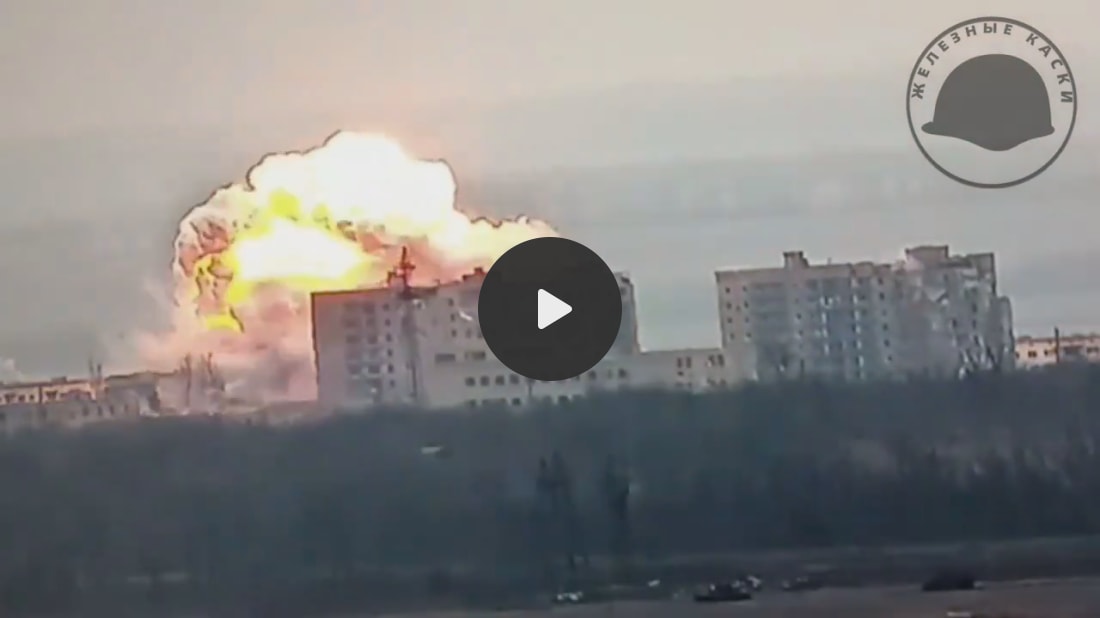
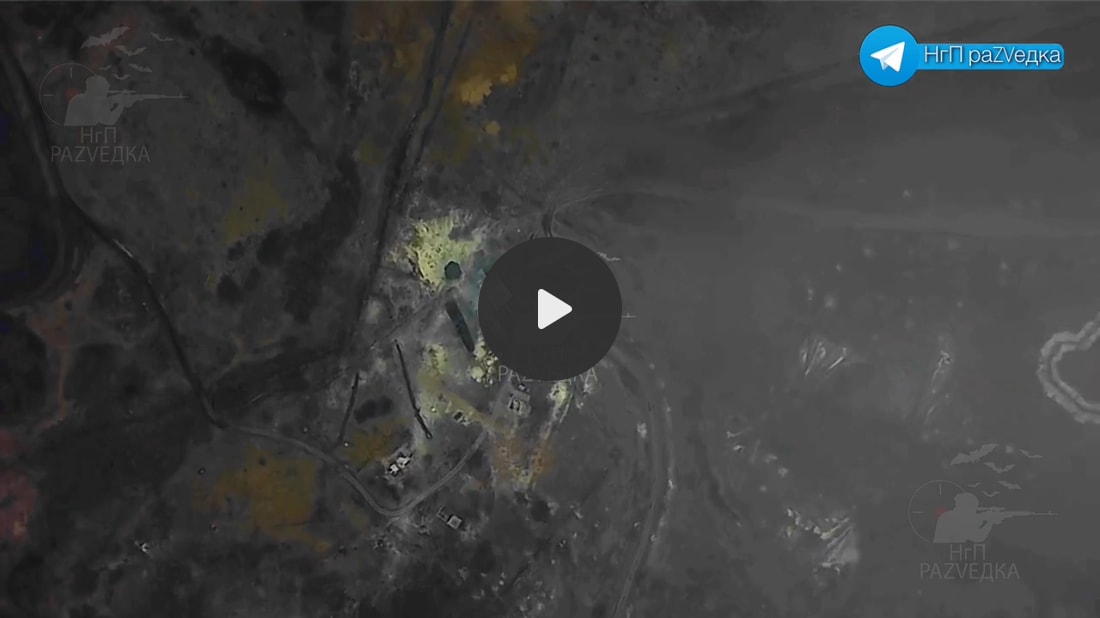
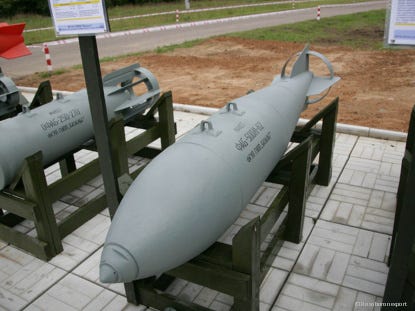
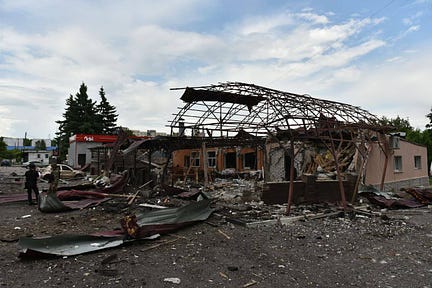
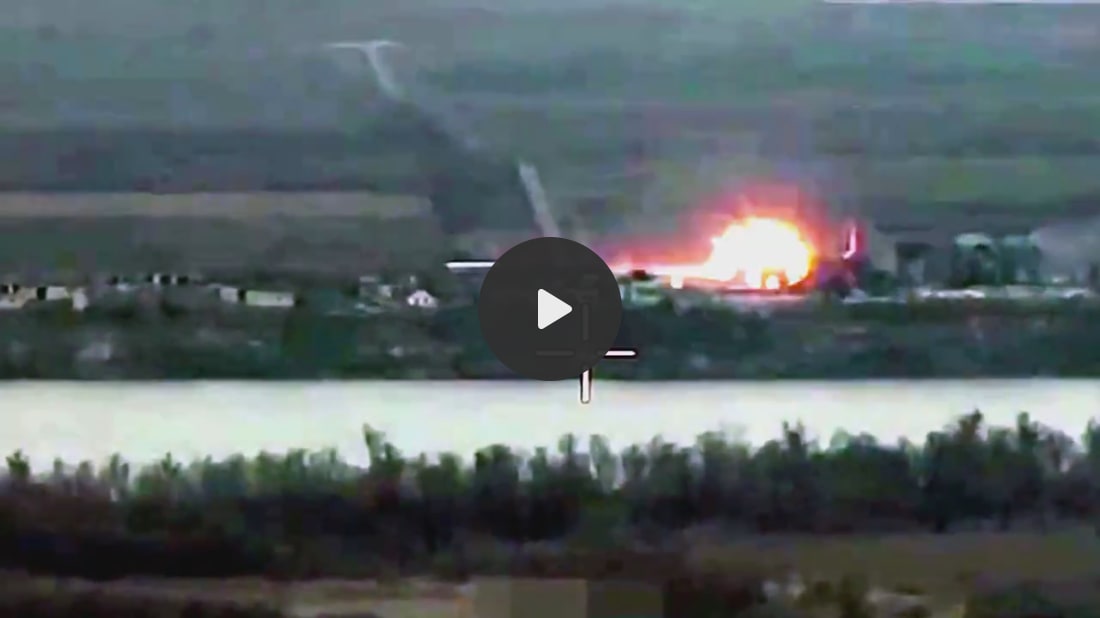
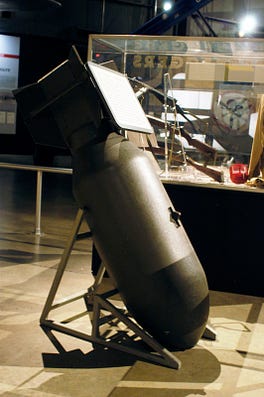
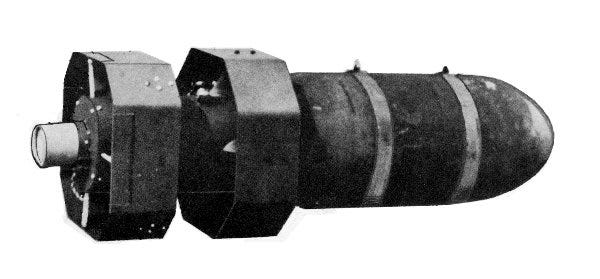
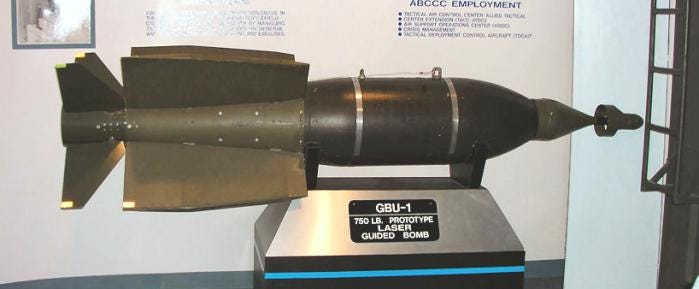

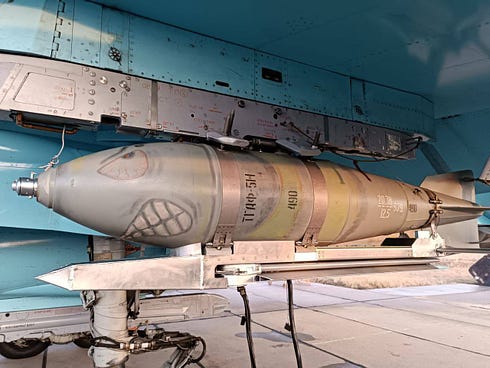
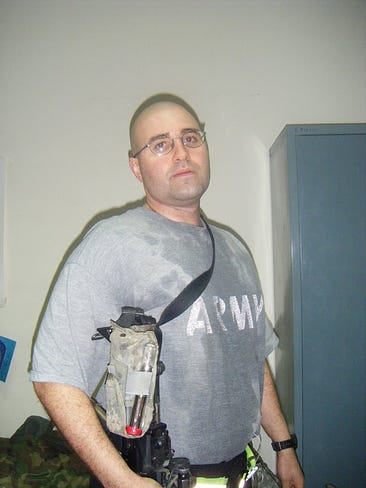
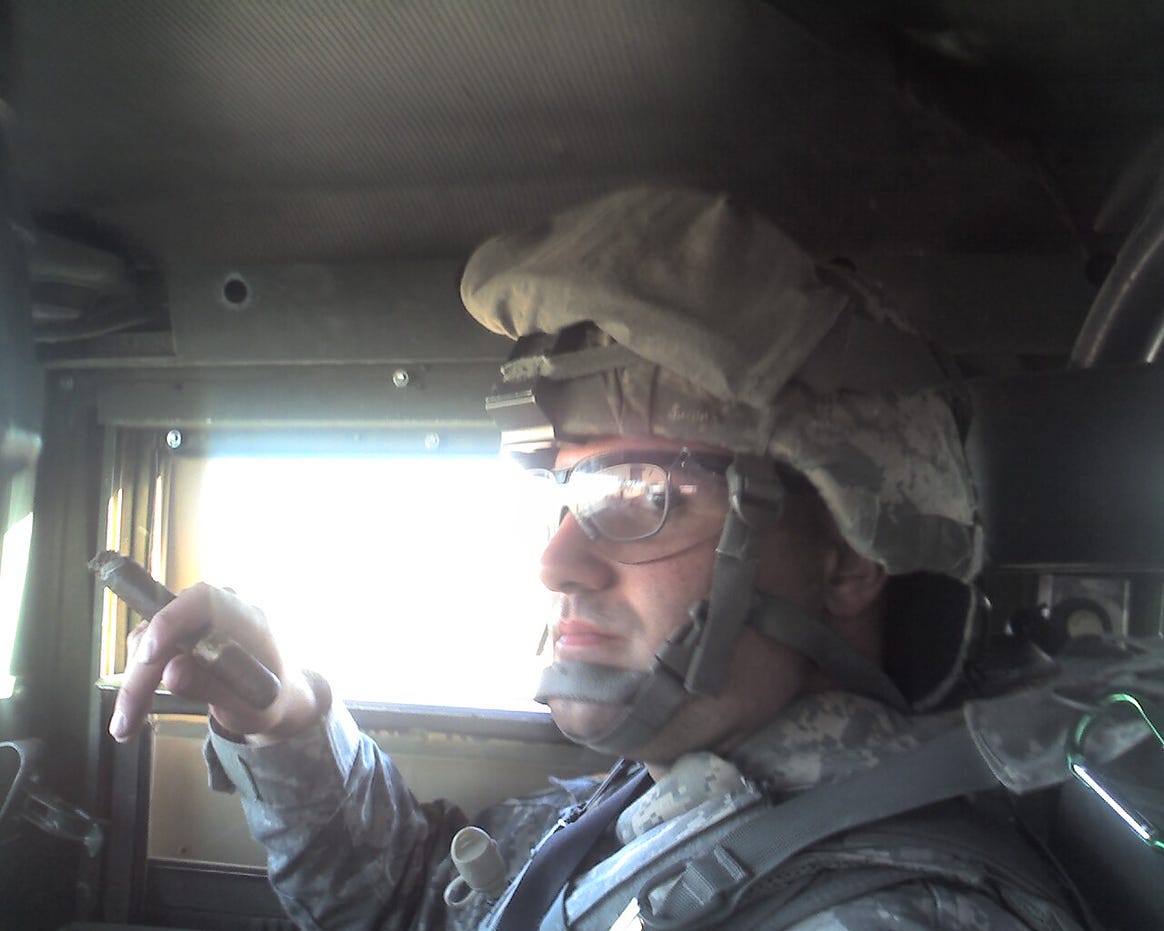

No comments:
Post a Comment